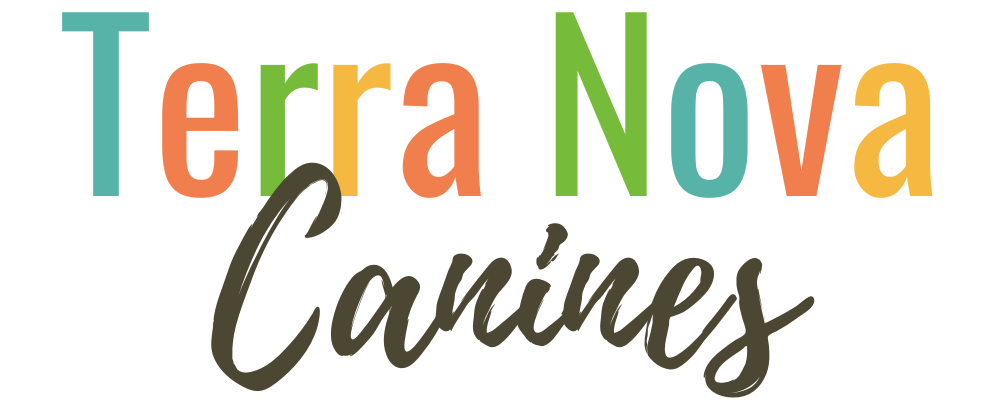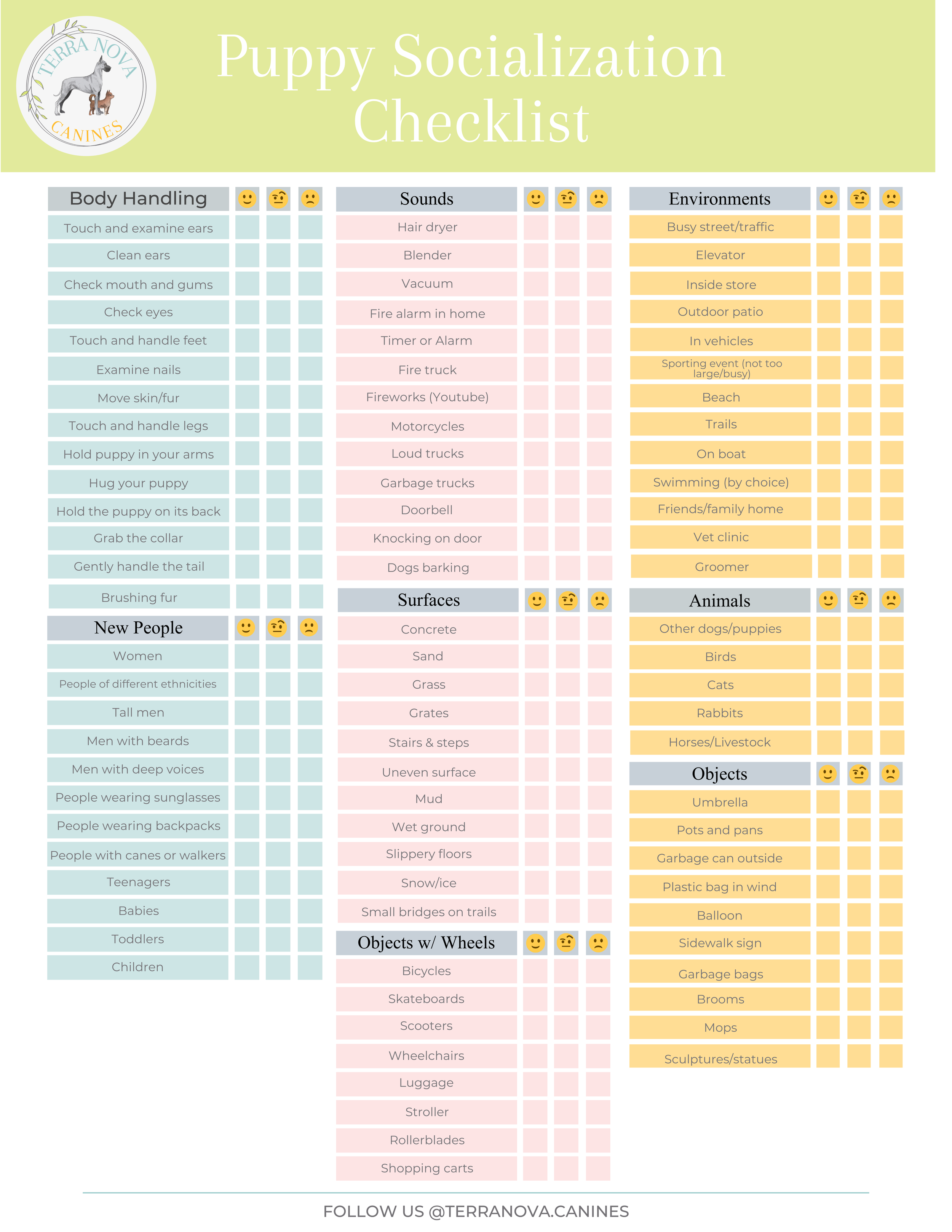Exposure to Novel Stimuli
The ability to not just tolerate, but easily accept different settings, objects and situations makes all the difference in a puppy’s life, and in yours as well. Normally, going out on walks in the city and the country, to friends’ houses, to schoolyards and parking lots and street fairs would all be recommended in easily-tolerated doses. While this isn’t all possible, some of it certainly is, and some can be reproduced more or less.
Go for walks with no agenda or deadline. Let the pup explore.
Go to the opposite setting from where you normally live, either the city or the country.
Make a mock flea market in your hallway or yard, or a friend’s yard. Weirdness is good if it’s not scary, so a lamp, chair, box with a ball in it, and a wind-up toy and fluttering mobile placed in an odd location are fantastic to explore.
Hairdryer, vacuums, microwave beeps and other household sounds should be paired with lots of food if your puppy shows any hesitation around them. Simply scatter lots of small treats on the ground, or feed one after another until the sound stops. When the sound stops, the treats do, too.
Create “strangers” out of family members by having them dress up in costumes, or with hats and parkas in the summer. Find ways to appear different, such as walking with a limp.
Be careful not to scare the puppy! If you see any hesitation at all and the pup doesn’t immediately move forward to explore, take off the costume and quietly let her know all is OK.
If possible, have neighbors walk toward you maintaining an appropriate distance, and ask your dog to sit when you stop moving forward.
This is also a good exercise if your neighbor has a dog to practice with – keep an appropriate distance and have both dogs sit when you stop walking.
Tips:
Use treats and upbeat energy when introducing new things
Increase distance if there are any signs of fear or discomfort
If your pup has a negative experience, take a break and come back with a higher value treats and more distance
Only work for short periods of time to avoid overwhelming your pup and causing fear
When introducing sounds, start at a lower level and work up
Sounds in real life are best, but you can use the internet to imitate what your pup would hear (ex. fireworks, thunder)
Greetings & Exploration
Allow the pup to make choices in greetings and exploring.
They might want to stay back, approach, or take time to decide either way.
Use food placement to help with good greeting choices – keeping your treat low and at nose level helps to keep paws on the floor rather than jumping.
Limit jumping for over-the-top greeters by asking them to sit instead.
Allow close-up and personal interactions and then call back for a treat and so that you limit the puppy’s excitement or potential anxiety level.


